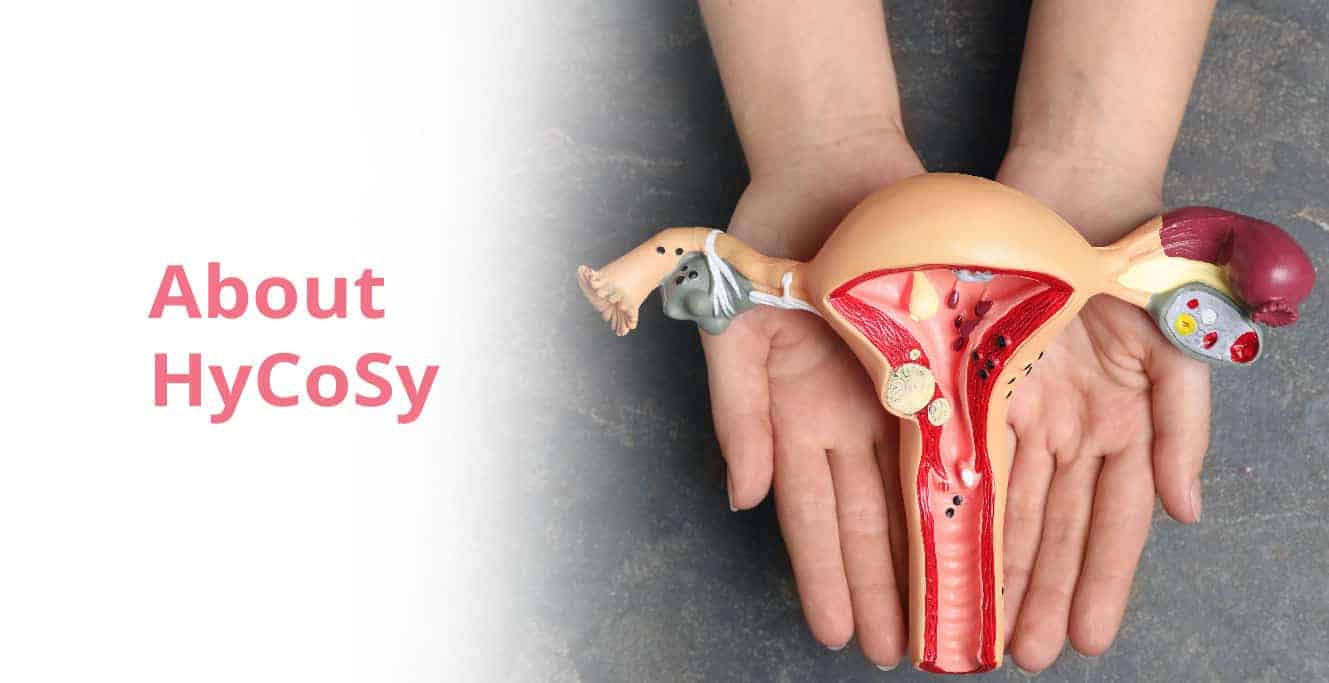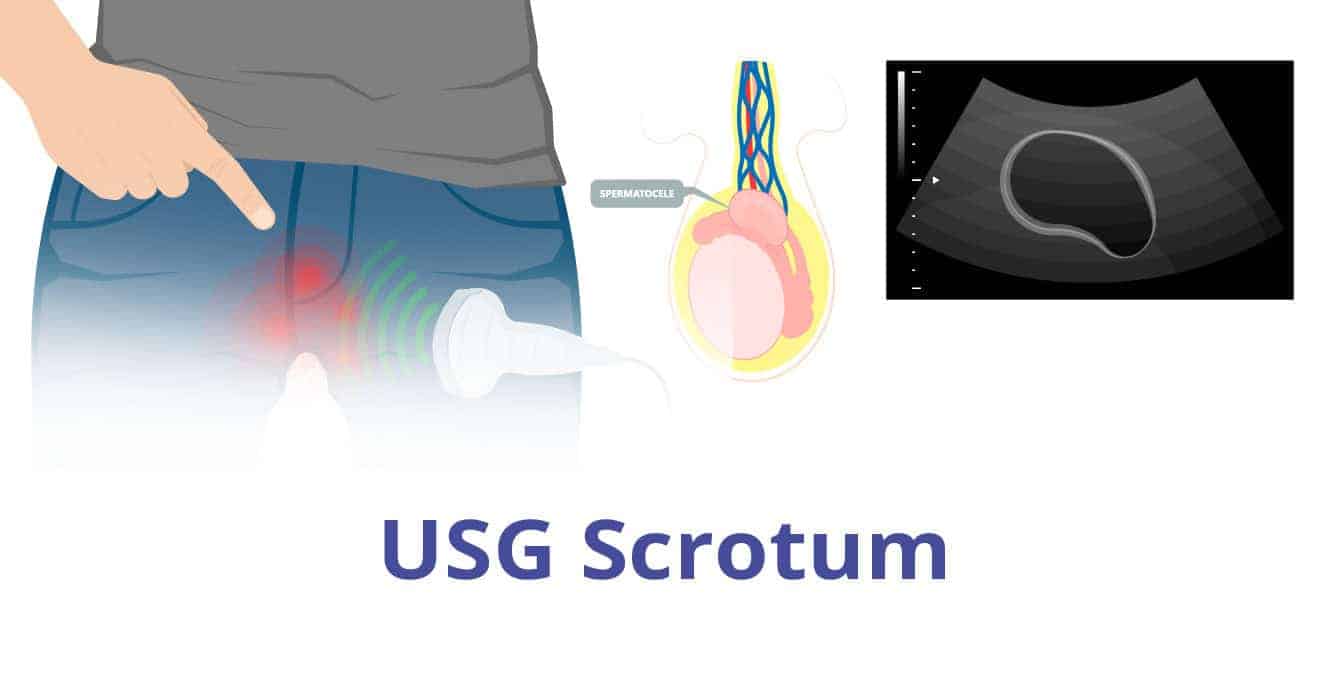If you’re pregnant, you’ve probably heard of a transvaginal ultrasound. But what is transvaginal ultrasound, and why is it necessary? This blog features everything you need to know about a transvaginal ultrasound, how it works, what to expect before the procedure, and how to prepare yourself.
Read along to know more!
What is a transvaginal ultrasound?
A transvaginal ultrasound is a special type of ultrasound that is used to look at the female reproductive organs. This type of ultrasound is done with a special wand inserted into the vagina. The wand is then used to take pictures of the reproductive organs.
A transvaginal ultrasound is used to look at the ovaries, fallopian tubes, and the uterus. They can also be used to look for any problems with the cervix.
Furthermore, it is also used to look at the endometrium, which is the lining of the uterus as well as during the early stages of pregnancy for better visualization of the fetus.
Transvaginal ultrasound is generally safe and does not have any side effects.
How is a transvaginal ultrasound done?
A transvaginal ultrasound is an ultrasound procedure used to examine the female reproductive organs. The procedure is performed by placing a small, wand-like device (transducer) into the vagina. The transducer emits sound waves that bounce off the organs and create an image on a monitor.
A transvaginal ultrasound can be used to:
- Evaluate the health of the uterus and ovaries
- Detect any abnormal growths
- Determine the cause of abnormal bleeding
- Assess the risk of ectopic pregnancy
- In some cases to detect the severity of PCOS, if a woman is obese
A transvaginal ultrasound is generally well tolerated and is considered to be safe. There is a small risk of discomfort or transvaginal ultrasound pain associated with the procedure.
Why is transvaginal ultrasound required?
There are many reasons why a transvaginal ultrasound may be required. Here are the top 5 reasons.
- To examine the uterus and fallopian tubes: This is the most common reason for a transvaginal ultrasound. The ultrasound can help to quickly visualize and identify any abnormalities of the uterus, cervix, and fallopian tubes.
- To assess the risk of endometriosis: Endometriosis is a condition where the lining of the uterus grows outside the uterus. This can cause pain and infertility. A transvaginal ultrasound can help to assess the risk of endometriosis.
- To examine the ovaries: The ovaries can be examined for cysts or tumours using a transvaginal ultrasound. The ultrasound can also help to determine if the ovaries are producing eggs.
- To assess the risk of ovarian cancer: Ovarian cancer is a serious condition that can be difficult to detect. A transvaginal ultrasound can help to assess the risk of ovarian cancer by identifying the size and morphology of the ovaries.
- To determine the cause of pelvic pain: Pelvic pain can have many different causes. A transvaginal ultrasound during a pelvic exam can help determine the cause of pelvic pain and other symptoms, such as abnormal bleeding.
Transvaginal ultrasound during early pregnancy
Here are the top 5 reasons your doctor may recommend a transvaginal ultrasound in early pregnancy.
- To get a clear view of the baby: Transvaginal ultrasounds provide a clear view of the baby, especially in early pregnancy, as it provides a much clearer visualization than an abdominal ultrasound.
- To check the baby’s heartbeat: Transvaginal ultrasound can help detect the baby’s heartbeat as early as six weeks into pregnancy, as an abdominal ultrasound may not be able to detect the heartbeat accurately during the first trimester.
- To check the size and location of the baby: Transvaginal ultrasound can help determine the size and location of the baby. It can also help to determine if the pregnancy is ectopic.
- To check for twins or multiple pregnancies: Transvaginal ultrasound can sometimes be used to check for fetal development and for twins or multiple pregnancies.
- To check for abnormalities in the placenta or umbilical cord: A 2D transvaginal ultrasound can also help assess the placenta and umbilical cord for abnormalities such as a placenta praevia major and placenta praevia minor.
How to prepare for a transvaginal ultrasound?
Are you scheduled for a transvaginal ultrasound? If so, you should know a few things before your appointment.
- First, a transvaginal ultrasound is a type of pelvic ultrasound. That means the ultrasound wand will be inserted into your vagina to get a clear view of your pelvic organs. The wand will be covered with a sterile sheath, and your ultrasound technician will be wearing gloves.
- Before your ultrasound, you will likely be asked to empty your bladder. This is because a full bladder can block the view of your pelvic organs. You may be asked to drink a few glasses of water before your ultrasound to help empty your bladder.
- When you arrive for your transvaginal ultrasound, you will be asked to remove your clothing from the waist down and put on a gown. You will then be asked to lie down on the exam table and place your feet in stirrups.
- Once you’re in position, the ultrasound wand will be inserted into your vagina. The wand will be moved around to get a clear view of your pelvic organs. The entire ultrasound should take less than 30 minutes.
- After your ultrasound, you can get dressed and go about your day as usual. There is no need for any special recovery time or aftercare.
If you have any questions or concerns about your transvaginal ultrasound, be sure to talk to your doctor.
Conclusion
Transvaginal ultrasound is a type of ultrasound that is used to visualize the female pelvic organs. The transvaginal ultrasound probe is placed in the vagina, allowing a clearer view of the uterus, ovaries, and fallopian tubes. This type of ultrasound can be used to diagnose various gynecologic conditions, such as pelvic pain, endometriosis, ovarian cysts, and fibroids.
A transvaginal ultrasound thus plays a major role in diagnosing various female reproductive system abnormalities.
At Birla Fertility & IVF clinic, we offer a comprehensive screening of the primary and sexual health of women for an early diagnosis and prevention of various reproductive health disorders. In addition, we have state-of-art IVF labs that offer complex fertility treatments, including donor programs and fertility preservation techniques.
Through our personalized and comprehensive care, we are committed to helping you start your family.
To get a routine gynaecological exam with our top gynaecologists, visit your nearest Birla Fertility & IVF.
FAQs
1. Is a transvaginal ultrasound painful?
A transvaginal ultrasound is generally not painful but can be mildly uncomfortable. Most women are able to tolerate the discomfort. However, if you’re experiencing transvaginal ultrasound pain, you must immediately tell your doctor.
2. How long does a transvaginal ultrasound take?’
The transvaginal ultrasound period can be anywhere between 15 to 45 minutes. The duration of the ultrasound largely depends on the reason why you are getting the transvaginal ultrasound.
3. Will I get my ultrasound results straight away?
Most people will get their transvaginal ultrasound test results almost immediately after the procedure. However, in some cases, it may take up to a day or two for the results to come in.






























